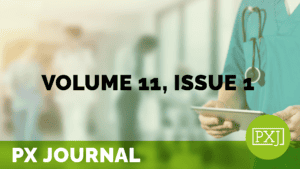Getting in Front of Potential Harm following Established Safety Protocols

There can be some challenges in ensuring staff are safe while remaining committed to resolving complex multi-faceted complaints requiring coordination of numerous processes and staff (i.e., access to care, benefit eligibility, staff courtesy). This is especially challenging when working with patient populations that may have acute, chronic, and severe physical and mental health illnesses.
Related content
-
 Policy & Measurement
Policy & MeasurementEvaluation of Online Patient Complaints Regarding City Hospitals in Türkiye During the COVID-19 Pandemic: A Content Analysis Study
The COVID-19 pandemic put tremendous pressure on healthcare systems worldwide, which led to heightened scrutiny of the medical services offered by hospitals. This article aims to evaluate complaints about city hospitals in Türkiye during the COVID-19 pandemic using the Healthcare Complaints Analysis Tool, which includes three main domains and seven problem categories. The complaints submitted
Learn more -
 Policy & Measurement
Policy & MeasurementSafeguarding What Matters: A Deeper Dive into Managing Patient Belongings
Listen in as Gabriel Bolivar of Maui Memorial Medical Center shares how his passion for finding healthcare improvement strategies drove him to find solutions to better manage patient belongings. From policies to procedures, Bolivar emphasizes effective practices to manage this recurring and often elusive challenge.
Learn more -
 Policy & Measurement
Policy & MeasurementPolicy & Measurement: The Impact of Patient & Family Involvement
By Rosie Bartel This is the sixth blog in a series of eight by The Beryl Institute’s Global Patient & Family Advisory Board (GPFAB). The intent of this series is to present our perspective on patients’ and families’ lived experience through each of the strategic lenses of The Beryl Institute’s Experience Framework. The Experience Framework
Learn more
